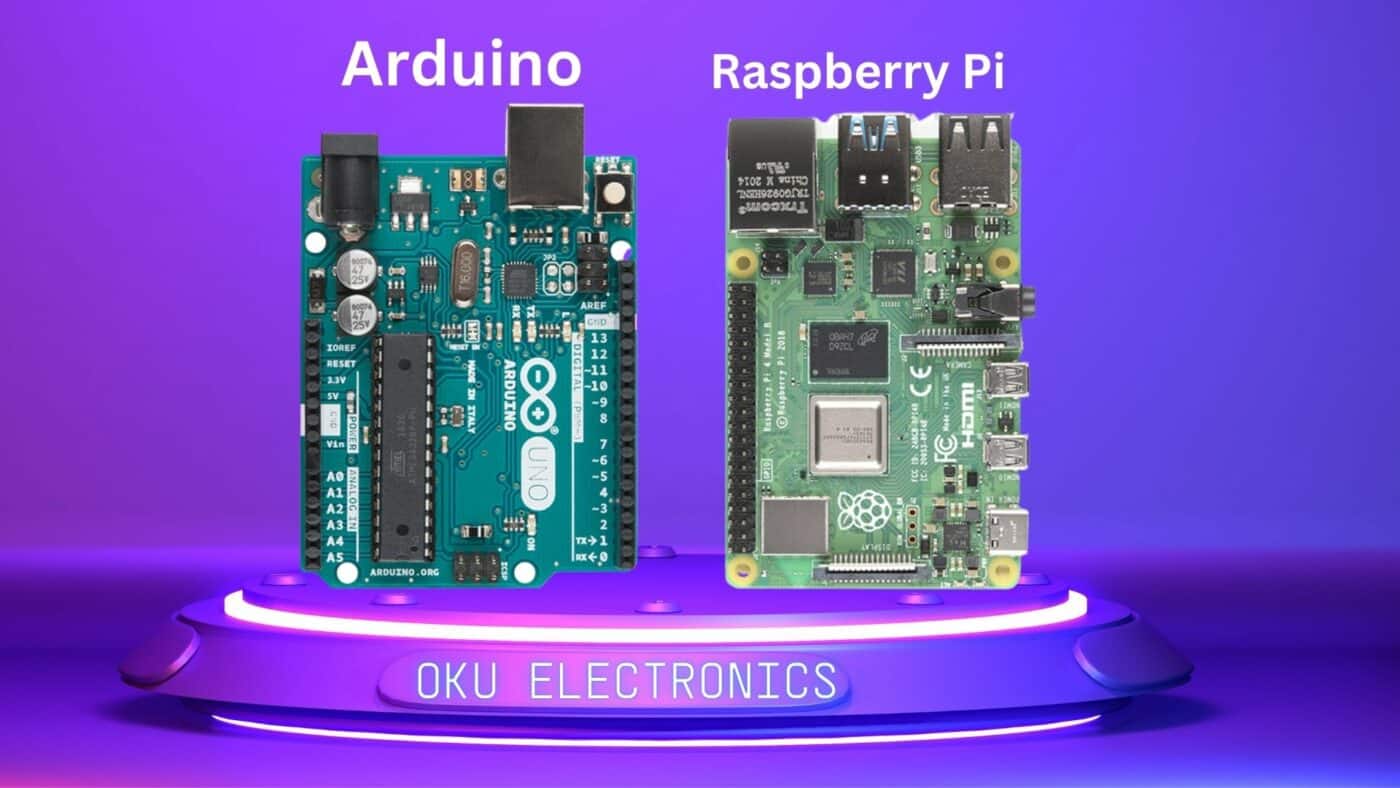Title: Demystifying Raspberry Pi and Arduino: Choosing the Right Platform for Your Project
Introduction: When it comes to exploring the world of electronics and DIY projects, two popular platforms often come into consideration: Raspberry Pi and Arduino. Both Raspberry Pi and Arduino offer unique features and capabilities, but understanding their differences is crucial in choosing the right platform for your specific project requirements. In this blog post, we’ll dive into the dissimilarities between Raspberry Pi and Arduino and help you make an informed decision.
- Raspberry Pi: A Mini Computer for Versatile Projects: Raspberry Pi is a credit card-sized single-board computer that provides a full computing experience. It features a powerful processor, RAM, built-in storage, and various connectivity options. Raspberry Pi runs on a Linux-based operating system (such as Raspbian) and can handle complex tasks, including web browsing, media streaming, programming, and more. It is ideal for projects that require multitasking, graphical user interfaces (GUI), networking, and advanced computing capabilities.
- Arduino: A Microcontroller for Embedded Systems: Arduino, on the other hand, is a microcontroller platform designed for interactive and embedded systems. It consists of a simple hardware board with an ATmega microcontroller chip, programmable input/output pins, and a development environment for programming. Arduino focuses on real-time control, sensor interfacing, and low-power applications. It is best suited for projects that involve physical computing, robotics, automation, and sensor integration.
- Key Differences in Functionality: The main differences between Raspberry Pi and Arduino lie in their functionality:a. Computing Power: Raspberry Pi offers more computational power, enabling it to run complex software applications, handle multiple tasks simultaneously, and support graphical interfaces.b. I/O Capabilities: Arduino excels in input/output (I/O) capabilities, with a wide range of digital and analog pins for connecting sensors, actuators, and other electronic components.c. Operating System: Raspberry Pi supports a full-fledged operating system, granting access to a wide array of software tools and libraries. Arduino uses a simplified, event-driven programming model that does not rely on an operating system.d. Connectivity: Raspberry Pi provides built-in Wi-Fi, Ethernet, USB ports, and HDMI, making it easier to connect to networks, peripherals, and displays. Arduino requires additional shields or modules to add connectivity features.
- Choosing the Right Platform: Choosing between Raspberry Pi and Arduino largely depends on your project requirements:a. If you need a compact computer with advanced computing capabilities, networking, and multimedia functionality, Raspberry Pi is the better choice. It is ideal for projects like media centers, home automation systems, IoT gateways, and web servers.b. For projects that require real-time control, low-power operation, and physical interaction, Arduino is the go-to platform. It is suitable for robotics, home automation, sensor-based projects, and any application that demands precise timing and I/O control.c. Additionally, consider factors such as power consumption, cost, community support, and programming experience when making a decision.
- Combining Raspberry Pi and Arduino: In many cases, Raspberry Pi and Arduino can complement each other, and their integration can provide the best of both worlds. By connecting Arduino to a Raspberry Pi via serial communication or GPIO pins, you can leverage the computational power of Raspberry Pi while benefiting from Arduino’s robust I/O capabilities. This combination is particularly useful for projects that require sensor data acquisition, real-time control, and complex data processing simultaneously.
Conclusion: Both Raspberry Pi and Arduino offer unique features and cater to different project requirements. Raspberry Pi shines in its computing power, multimedia capabilities, and networking options, making it suitable for diverse applications. Arduino excels in its simplicity, real-time control, and I/O capabilities, making it ideal for embedded systems and physical computing projects. By understanding the differences between these platforms and considering your specific project needs, you can confidently choose the right platform and embark on an exciting journey of creativity and innovation in the world of electronics.

